“I’m here. Right here. And I’m ready to fight.” Just like Saw Gerrera, we’re standing at the edge of a battle for something a little less flashy but equally important—better sound quality. The fight isn’t about a high-end price tag or the latest fad. It’s about making the most of what we have, here on the fringes. We’re the ones who’ve been stuck in the trenches, grinding away, willing to push back against the mediocrity that most try to pass off as good enough. The high-end press tried to bury Class D like a mistake they didn’t want to admit. But real power doesn’t die in the dark — it sharpens. Class D is back, and this time, it’s coming for the Emperor’s throne room.
Most days, buried under the grind, inner peace feels like a joke someone forgot to make funny. After losing my personal freedom for over 14 weeks in a fight with my own mental health demons, I understand exactly what that kind of war looks like.
When you’re trapped inside your own head, doing time in inpatient therapy, staring down every bad decision and broken piece, thinking about something as simple as an affordable Class D audio system isn’t just a distraction. It’s defiance. It’s a way of saying, I’m still here. Still fighting. Still refusing to disappear into the gray sludge of conformity and the status quo. I needed something positive to think about. Low bar.
When everything in the world tries to beat you into sameness, even small victories — a better song, a clearer sound — become acts of survival. And that’s something I know too well.
Music, movies, and books have always been the escape. Not always the healthiest one either—more than once it led to some questionable choices and consequences that carved out their scars. You can either work like hell to fix what’s broken or vanish into the Outer Rim like some burned-out Jedi hoping the galaxy forgets you exist. But empires don’t fall because we hide.
They fall because a few stubborn fools, half-broken themselves, decide rebellion is the only way forward—no matter the cost. As Saw would say, “You don’t get to pick the war. Only how you fight it.”
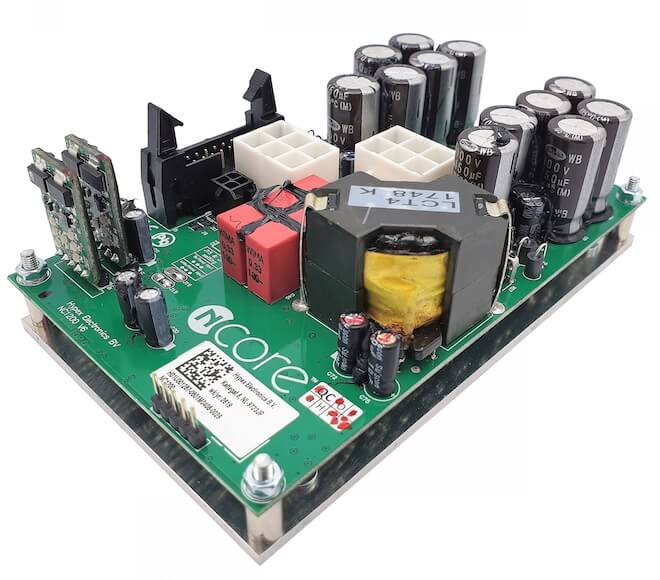
The Rise of Class D
Fighting back isn’t always loud. Sometimes it’s quiet. Sometimes it’s hidden in places most people overlook — like the rise of Class D amplification.
For decades, Class D amps were seen as second-class citizens in the high-end audio world. “Good enough for subwoofers,” they said. “Not real hi-fi.” The old guard clung to their massive Class A and A/B amps like relics from a better time — heavy, hot, expensive monuments to how things used to be done.
But that world doesn’t exist anymore for those with smaller budgets. The rebellion is already here.
What Is Class D, Really?
A Class D amplifier, also known as a switching amplifier, works very differently from traditional amps. Instead of smoothly boosting the signal like older designs (Class A or Class A/B). A Class D amplifier switches its power transistors — usually MOSFETs — fully on or off like light switches, operating in a high-frequency mode. This creates a stream of rapid electrical pulses, typically at hundreds of kilohertz, which are then filtered to reconstruct the analog waveform and drive your speakers.
These pulses use techniques like pulse-width modulation (PWM) or pulse-density modulation (PDM) to carry the shape of the music signal.
Before the sound reaches your speakers or headphones, a simple low-pass filter (usually made from coils and capacitors) smooths out the pulses into a clean analog signal. The end result: your music, but amplified.
Because the transistors are either fully on or fully off — and not stuck in between — Class D amps waste very little energy as heat, making them much more efficient than older designs.
Instead of wasting 50-70% of the energy as heat (like old-school designs), Class D amps turn most of it into usable power. That means smaller size, cooler operation, and lower costs — without necessarily sacrificing sound quality anymore.
Lies! Deceptions! They Sold Us Class D and Called It Hi-Fi!
Early Class D amps did sound rough. Harsh highs, weak mids, and an almost mechanical coldness plagued the first generations. But that was then. Now, engineers have figured it out: better switching speeds, improved output filters, and smarter feedback systems have changed the game. Brands like Purifi, Hypex, and GaN-based designs are building amps that can go head-to-head with the “empire” of legacy designs — and sometimes win.
Those early Class D amps had real trade-offs:
- Harsh Highs: The switching noise was a real problem. Early amps struggled with poor filtering, which led to a brittle, grainy sound — especially in the treble.
- Weak Midrange: Musicality took a backseat to efficiency. Vocals and instruments often sounded hollow, almost mechanical.
- Noise Issues: Because Class D operates by switching transistors at insane speeds, any flaws in design meant that electromagnetic interference (EMI) and background noise could creep into the signal path.
- Cheap Execution: To make them dirt cheap and small, manufacturers often cut corners — using basic components, bad PCB layouts, and sloppy output filters.
Audiophiles — already suspicious of anything new — turned up their noses. And honestly? They had a point back then.
A lot of early Class D amps sounded more like a science experiment than something you’d want touching your music collection. They were efficient, sure. But soulful? Engaging? Human? Not even close.
Fast forward to 1 BBY…
No, they don’t always “glow” like a tube amp. They don’t heat your room like a Class A monster. But they bring something just as important to the fight: accessibility, power, and precision without needing to sell your droids to a moisture farmer.
The old audiophile gatekeepers don’t want to admit it. They want you to believe the old ways are still the only ways. But the truth is, good sound doesn’t have to weigh 90 pounds and cost $10,000 anymore.
They Digitized the Dream. Now It’s a Product.
The first Class D amplifier was invented by British scientist Alec Reeves in the 1950s and officially named in 1955. Early models, like the 1964 Sinclair X-10, were low-power, with just 2.5 watts, and struggled with limitations of the technology at the time, including germanium-based transistors. The 1966 Sinclair X-20 improved output to 20 watts, but still faced instability issues.

It wasn’t until the 1970s, with the development of silicon-based MOSFETs, that Class D amplifiers became practical. In 1978, Sony introduced the TA-N88, the first Class D amplifier using MOSFETs and a switched-mode power supply. Fast-forward to the mid-1980s, and affordable, high-speed MOSFETs helped Class D amps gain traction.
By 1996, Tripath released the first Class-D integrated circuit, which became widely used. In the past five years, brands like Topping, NAD, Bel Canto, SMSL, Orchard Audio, and others have pushed the envelope with compact, high-performance Class D designs, offering premium sound in small, affordable packages.
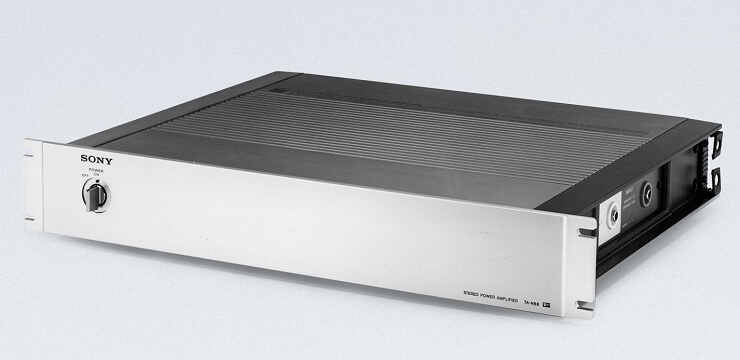
Limitations
Class D amplifiers are highly efficient, but they come with unique design challenges. The key is managing how precisely and quickly the power transistors (typically MOSFETs) switch on and off. If switching isn’t well-controlled, it can lead to distortion, electromagnetic interference, or reduced efficiency.
Another challenge involves how the amp handles energy fed back from the speaker—especially with reactive loads. Instead of dissipating this energy as heat like traditional designs, Class D amps route it back into the power supply, which must be designed to absorb and manage it safely.
In short, while Class D amps offer great efficiency and compactness, their high-speed operation and power management require careful engineering to ensure reliability and sound quality.
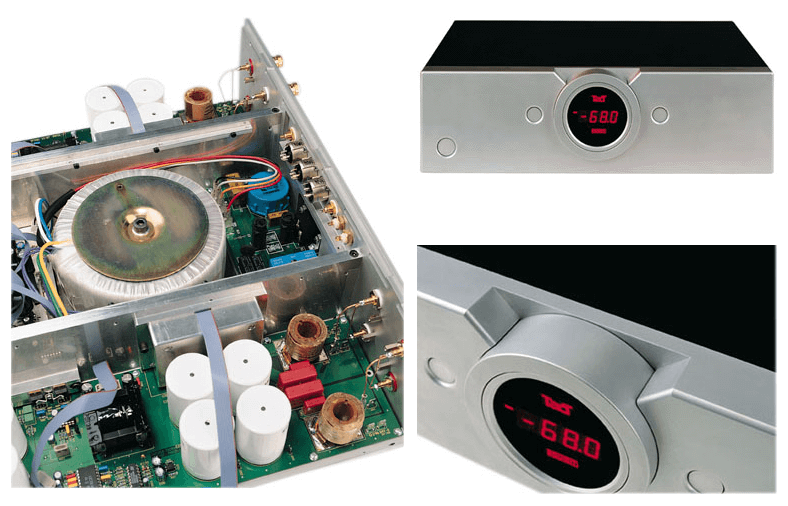
The Evolution of Class D Technology: Pushing the Envelope
Over the past decade, Class D amplification has matured significantly, overcoming early limitations and evolving into a formidable player in the high-end audio market. What was once dismissed as a cheap, inefficient alternative to Class A and A/B amplifiers has now proven itself in terms of both power and sound quality.
Thanks to advancements in semiconductor technology, more refined designs, and better understanding of power management, modern Class D amps deliver performance that rivals or even surpasses their linear counterparts.
A number of brands have been at the forefront of this transformation, proving that Class D amplifiers can deliver both efficiency and exceptional sound quality. Companies like NAD, PS Audio, Devialet, McIntosh, and Cambridge Audio have embraced Class D technology in their high-end models, incorporating advanced MOSFET switching and PWM (pulse-width modulation) designs to achieve low distortion and powerful performance.
These companies have pushed the envelope by integrating high-quality components, smart power management, and robust designs, offering amps that sound as good as their Class A and A/B counterparts but without the heat and inefficiency.
In the last five years, Purifi Audio and Hypex have redefined Class D technology, with their high-performance modules now used by top brands like Lyngdorf Audio, NAD, and Rogue Audio. Their innovations, such as the Purifi 1ET400A module, deliver exceptional clarity, deep bass, and expansive sound.
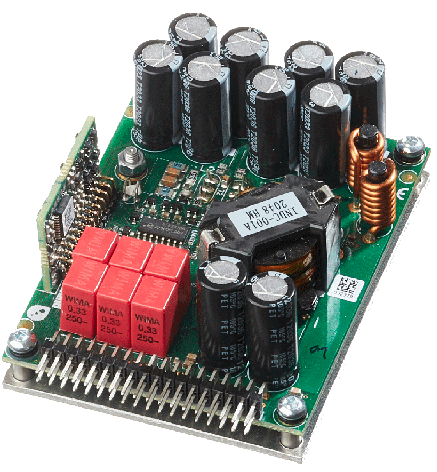
The Purifi 1ET400A module is a high-performance Class D amplifier module developed by Purifi Audio, a Danish company that has quickly become a leader in high-end audio technology. It’s part of their “Eigentakt” (meaning “pure class” in Danish) series, which uses a cutting-edge feedback system and advanced components to deliver remarkably clean, accurate, and powerful sound with minimal distortion.
This module is known for its exceptional clarity, dynamic range, and ability to produce deep, controlled bass without compromising the midrange or high frequencies. Designed to provide audiophile-grade performance, this module is capable of delivering 400 watts per channel into 4-ohm speakers, all while maintaining a level of transparency and neutrality that was once thought unattainable in Class D amplifiers.
What separates the new Class D breed from the old guard isn’t just marketing spin—it’s real engineering. These amps can actually deal with fast switching, tricky power supply demands, and heat without melting into a mess. Smarter thermal management, cleaner feedback loops, and vanishingly low distortion have turned Class D from a compromise into a contender. Audiophiles can stop clutching their tubes—power efficiency no longer comes at the cost of sound quality.
Want proof? Here are three amps that get it right.
Cambridge Audio Evo 150 Network Amplifier

It helps when you can actually build around a key ingredient that doesn’t suck. Enter the Cambridge Audio Evo 150 Network Amplifier ($3,299) — a real contender.
Cambridge tipped its hat to the classic P40 Integrated Amp that put the brand on the map back in ’68. Fast forward to 2021, and they rolled out the Evo 75 and Evo 150, both Roon-Ready, supporting TIDAL Connect and MQA streaming for those chasing hi-res glory.
Here’s a win: the Evo 150 finally includes a built-in MM phono preamp—something the Edge A and CXA61 amps stubbornly left out. Looks like Cambridge actually read the reviews and listened to customers. Shocking, right? Since they already make solid external phono preamps, it makes sense to drop one inside this beast.
Designed in their London studio, the Evo’s minimalist, no-nonsense look fits any setup without screaming for attention. Designer Ged Martin used premium materials and industrial design smarts to build something simple, sleek, and tough enough to stick around longer than your last pair of earbuds. Bonus points for side panels made from Richlite—a recycled paper material that’s both eco-friendly and swappable, so you can match your vibe.
The Evo 150 rocks a dual-concentric rotary dial (because knobs still matter) and a big 6.8-inch LCD that proudly shows off your album art in full color—none of that “what’s this blob?” nonsense.
Under the hood, it’s powered by a Hypex NCore Class D amp—compact, efficient, and sharp enough to catch every detail in your music. The Evo 150 brings the muscle this system needs: tighter bass control, richer texture, and treble so smooth it doesn’t grate like your last relationship.
In short, it’s the missing ingredient that turns a decent meal into a solid feast.
WiiM Vibelink Amp
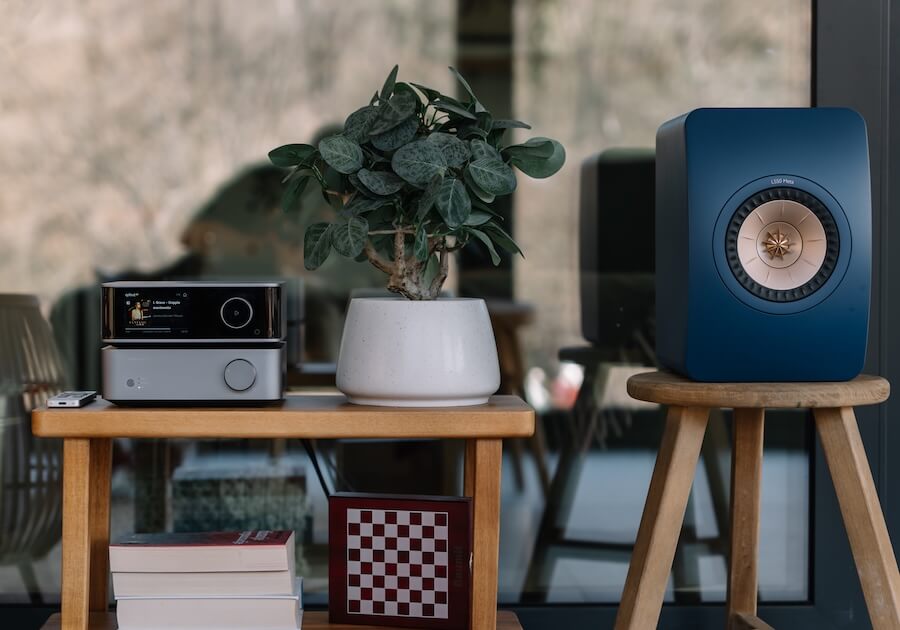
If you’ve been hunting for a sub-$300 integrated amp that doesn’t come with a bloated app, Wi-Fi drama, or a software update that nukes your weekend (looking at you, Samsung—don’t think we forgot), the WiiM Vibelink Amp might just be the anti-hero you didn’t know you needed.
It doesn’t stream. It doesn’t ask permission to work. It doesn’t gatekeep your movie night. It just amplifies. It abides.
WiiM stripped out the streaming fluff and left us with a lean, mean Class D machine that does one job—and hopefully, it nails it. No distractions. No Wi-Fi fistfights. Just power and precision. Under the hood sits an ESS Sabre ES9038Q2M DAC—not some budget throwaway, but the same chip you’ll find in gear costing three times as much.
Power? The Vibelink pumps a solid 100 watts per channel into 8 ohms and a full 200 watts at 4 ohms—and no, it’s not just flinging watts around like a drunken stormtrooper with a busted blaster. There’s control here. Precision. That ESS chip keeps the signal tight and clean.
Now, the elephant: “But it’s Class D…”
Spare me.
It’s not 2010. Class D isn’t some lifeless budget hackjob anymore. It’s 2025—and brands like NAD, Peachtree, and even Marantz have been handing out lessons. Class D isn’t the joke—it’s the jawbreaker.
Heads up: you’ll need to bring your own source—streamer, CD player, tape deck, or turntable. The Vibelink won’t hold your hand.
Switching inputs is smooth and silent—no pops, no glitches. That’s thanks to proper ramping circuits doing the basics right, which, shockingly, still isn’t a given in this price range.
It got a bit warm pushing Wharfedale Super Dentons hard, but nothing to freak out about. No hovering like it’s a ticking bomb. Copper heat pipes, a solid aluminum heatsink, and a chassis designed to spread heat evenly handle business quietly. There’s even PID thermal management making sure it doesn’t self-immolate. Basic competence, executed well.
The chassis? Aluminum oxide. Tough, efficient, and honestly, way more refined than it needs to be at this price. Somebody gave a damn—rare territory in budget audio. Standby mode kicks in like it should, quietly doing its job and keeping things alive a little longer… unless you cave and upgrade the second WiiM announces their next shiny toy. Yeah, I see you smirking, WiiM Amp Ultra.
How did it handle my ragtag speaker crew? Like it had something to prove. Small, sure, but don’t mistake size for weakness. This amp has enough grip and muscle to keep four speakers in line. No drama. No flinching. Just clean control, even when pushed hard.
Power’s cheap—any amp can throw watts around like confetti. What matters is what you do with it. The Vibelink doesn’t drench the music in color or syrupy warmth, and yeah, a little more character wouldn’t hurt.
But what it does deliver—inner detail, texture, and balance—it does with unflinching precision. No drama, no ego. Just the kind of even-handed, all-business presentation that says loud and clear: everybody counts, or nobody counts.
After three months of soul-crushing exposure to country radio torture chambers in strip malls and hospital waiting rooms, finally sitting down with A Love Supreme and speakers that don’t insult your ears was a godsend.
The Q Acoustics 3020c are clear, unfussy, honest—a perfect match for the Vibelink, which didn’t try to sugarcoat Coltrane’s sax or sand down McCoy Tyner’s piano edges. His sax had breath and bite. The piano had enough harmonic weight to feel grounded, without ever getting muddy. The amp kept everything steady and in its place.
Bass was tight, articulate—no boom, no flab. If you want chest-thumping low-end, grab a sub or something beefier. But for $300, the Vibelink bets on grip, speed, and clarity over brute force. And in this price bracket, that’s a smart, strategic play.
It’s not about the “wow” factor—it’s about control.
NAD Masters M10 V3

If streaming amps haven’t been on your radar yet, the NAD Masters M10 V3 ($2,999) just crashed the party—and it’s one you’ll want to crash hard.
After putting in serious hours with the last M10 and enough NAD gear to qualify for a frequent listener program, the new V3 doesn’t show up with gimmicks or marketing smoke. It’s all muscle and brains—the kind of gear that gets the job done without making a scene about it.
Connectivity? It’s got it in spades. HDMI eARC means you can finally stop juggling your music rig and your TV setup like a circus act. Plus, Dirac Live Room Correction is on board to fix your speakers’ bad room manners, especially if your listening space isn’t exactly an acoustical paradise.
Under the hood is NAD’s Hybrid Digital nCore amplifier pushing out 100 watts continuous into 8 or 4 ohms and spiking to 160 watts dynamic at 8 ohms. That means virtually zero noise or distortion—so your speakers can do their thing without the amp stepping on their toes. Plug in, crank up, and let the music roll.
Inputs? The M10 V3 doesn’t mess around: a dedicated MM phono input with RIAA equalization for vinyl heads, USB Type-A for hooking up your computer or music drives, RCA analog, Optical, and Coaxial digital inputs—this amp eats everything you throw at it.
And yes, HDMI eARC for your binge sessions, gaming marathons, or whatever screen time fuels your fire.
Sound-wise, this isn’t your sterile, clinical lab rat. It’s got meat on its bones and texture in the grooves, with a bass response that keeps itself in check instead of going all haywire. Vocals are warm, just nudged forward enough to keep you hooked without sounding like a bad soap opera.
In short: easy to use, a blast to listen to, and ready to turn your living room into a serious sound zone.
The Bottom Line
Class D is leveling the playing field, making high-end audio accessible to the masses without selling out. No longer is audiophile sound reserved for those with deep pockets and an army of gear. With brands like NAD, Topping, Devialet, and SMSL pushing the envelope, anyone can build a killer setup, one piece at a time, without emptying their bank account.
The rebellion isn’t just about fighting the empire—it’s about taking back control over what’s ours: great sound at a price that doesn’t make you want to flee to the Outer Rim.
Related Reading:
- Orchard Audio Announces the Starkrimson Mono Ultra Premium Amplifier
- TEAC’s AP-507 Power Amplifier Features Next Generation Hypex NCOREx Class D Technology
- NAD Unveils Masters M10 V3 BluOS Streaming Amplifier: CEDIA 2024
- NAD M33 V2 & M23 V2 Crash High End Munich: Canadian Hi-Fi Invades, Apologizes, Then Sounds Better Anyway
- WiiM Vibelink Amp Review: No Streaming, No HDMI, No Excuses—Just Clean, Brutal Power for $300

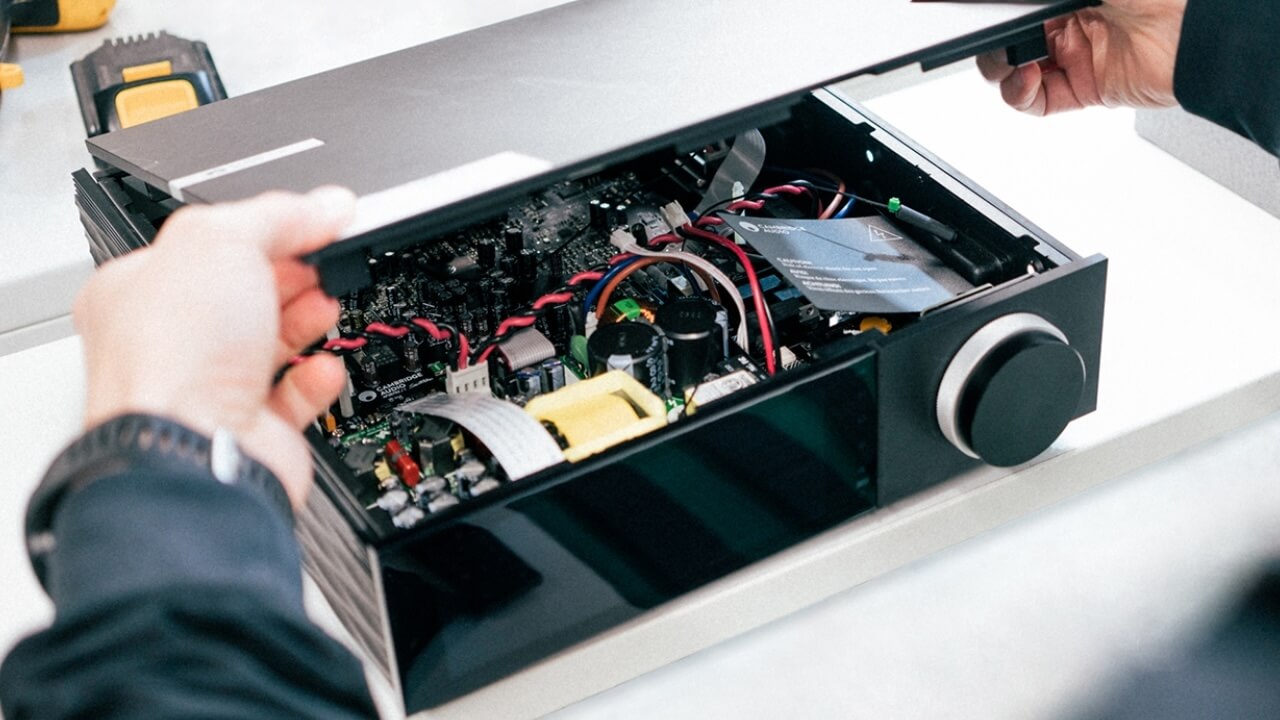
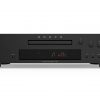


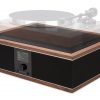
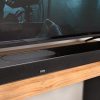
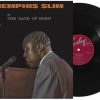




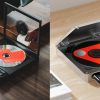
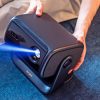







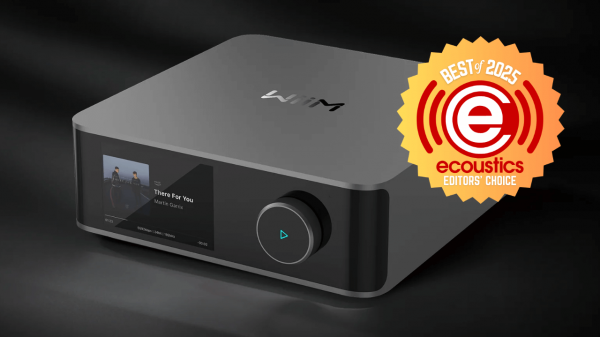
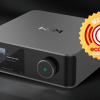


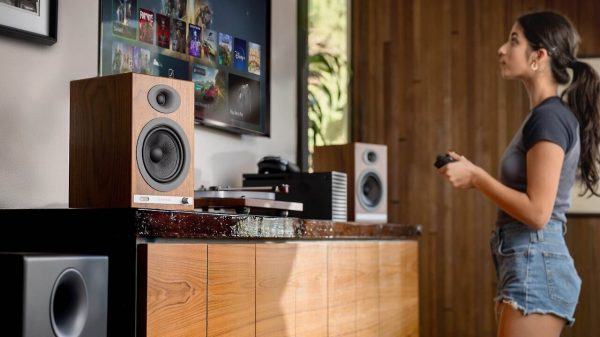
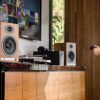

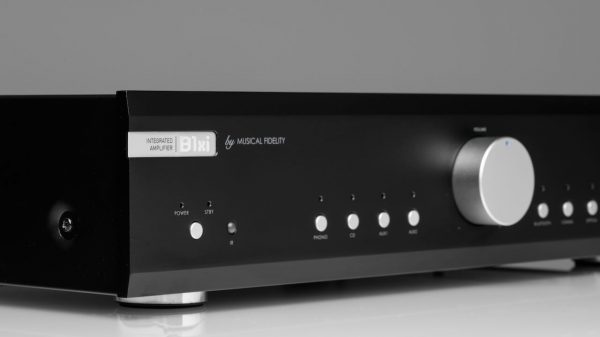
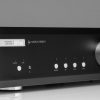
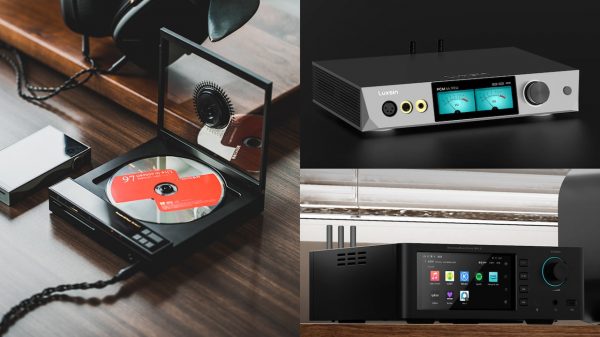
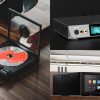











Anton
May 23, 2025 at 11:26 pm
Not entirely sure I understood all of that but I agree that class D has some very good options right now.
And thank you for pointing out your experience with specific models that are available. Very useful to know this.
Ian White
May 24, 2025 at 12:07 am
Anton,
Took a few weeks to get that one done and I hope readers find it useful. We have another article coming next week that breaks down the category further for 4-5 options in specific price categories.
Glad you enjoyed the piece and thank you for reading it.
IW
Anton
May 24, 2025 at 12:47 am
That would be helpful. One thing I do know is that class D didn’t really become something I would consider until NAD, Peachtree, PS Audio and Marantz jumped into the category. I’ve seen some of the cheap Chinese Class A amps on Amazon and I’m struggling to believe that they sound good.
Ian White
May 24, 2025 at 1:04 am
I would agree that the brands you mentioned Certainly helped build its credibility with audiophiles and mainstream consumers.
The Marantz M1 is a solid piece and so are the NAD network amplifiers.
Have not listened to every Chinese variant but Topping and WiiM make so very good amplifiers.
IW
David
May 24, 2025 at 3:22 am
Ian,
The first half of this article reads like a very good allegory. Nice.
I was going to mention the the dac-less, direct-digital Marantz M1. I would love to read your thoughts on this one.
David
Ian White
May 24, 2025 at 10:34 am
David,
The Marantz M1 has been on my mind for awhile. Coming soon. After I’m all caught up.
IW
Jeff Jones
May 25, 2025 at 11:28 am
We’ve enjoyed Class D in the Car Audio Biz for a long time. It has definitely improved quite a bit over the years. Why no mention of ICEpower? Are they still not in the game? Were they not one of the original innovators? That Cambridge 150 is a killer. Spent quite a bit of time with that unit and was not afraid to put it on any pair of speakers, within reason of course.
Ian White
May 25, 2025 at 2:29 pm
Jeff,
Will have to check into the ICEpower thing. Certainly not as prevalent as Hypex or Purifi right now. GaN amps are also starting to show up from multiple sources. I own 3 Cambridge Audio amplifiers and the Evo 150 is definitely one of the top 5 network amplifiers on the market under $5,000. Superb design. Love that you can change the side panels with custom options. It is superb with the Q Acoustics 5040. Possibly one of the top choices for those speakers.
IW
Wi
May 25, 2025 at 12:02 pm
The look of glowing tubes is just so super involved and inviting. With a turn table and open baffle speakers the listener feels more ingratiated into the performance. Would be great if someone could make a 2a3 or el34 based class D amp. That would be the ultimate superlative amplifier.
Ian White
May 25, 2025 at 2:27 pm
Wi,
Rogue Audio has some hybrid integrated amplifiers and I’m pretty sure AGD’s offerings are a combination of tubes and GaN technology. Option #B is not cheap. The Rogue Audio integrated amplifiers are an excellent value for the money.
IW
Joseph Palenchar
May 25, 2025 at 4:41 pm
Don’t forget class D for aftermarket car amps, introduced by Infinity in the mid 80s at CES.
Geo
May 25, 2025 at 8:06 pm
No reference or comment about Fosi line of class d?
Ian White
May 25, 2025 at 10:03 pm
Geo,
Part II is coming and there is Fosi. Part I was more about the technology, history, and some models I’ve tried recently.
IW
Freeman Cook
May 26, 2025 at 8:07 pm
Hi Ian,
Glad you have finally done this I bought a NAD D class power amp after my Cambridge 840w blew up. I have been amazed at how much more transparent it is. A year or so ago I suggested you should look at D class amps, so I am pleased you have. They offer great value.
Recently bought my daughters a Wiim pro amp for their flat. This technology has really move forward.
Freeman
Ian White
May 26, 2025 at 8:10 pm
Freeman,
Happy to hear that. Part II coming this week.
IW
Dion McIntee
May 27, 2025 at 4:37 am
Hi Ian,
This explanation of class D operation was the best I’ve read.
Agree the technology is here to stay and (I believe) will eventually phase out A & A/B. I’m sure I’ll get return fire for that, but here we are.
Thanks for your great articles.
DM
Ian White
May 27, 2025 at 9:51 am
Dion,
What a wonderful way to start Tuesday. I’m really starting to appreciate class D in a very different way.
Best,
IW
Catherine Lugg
May 27, 2025 at 12:04 pm
Ian,
Thank you for this seriously geeky discussion on Class D Amps, which will always be my go-to because of the low weight and low energy consumption. Fast question: Could some of this move to Class D amps (say by NAD) be driven by increasing regulation on consumer electronics and their energy consumption? I was in Ontario and Alberta 2006 and 2007 on sabbatical, and incandescent lights were long gone. Just really curious.
Ian White
May 27, 2025 at 11:03 pm
Catherine,
Glad that the piece is resonating with people. Part II is coming this week with specific recommendations. The Green Energy thing is a good topic. The EU placed rather strict rules on new TVs and while I would have to research the situation in regard to Ontario, Alberta, and Quebec — it’s distinctly possible. Canada’s former PM (glad to see him gone) was obsessed with it (Carbon taxes). PM Carney already scrapped one of them, but his track record is worse than Trudeau’s on the issue (Brookfield) so who knows. I’m going to research this.
IW